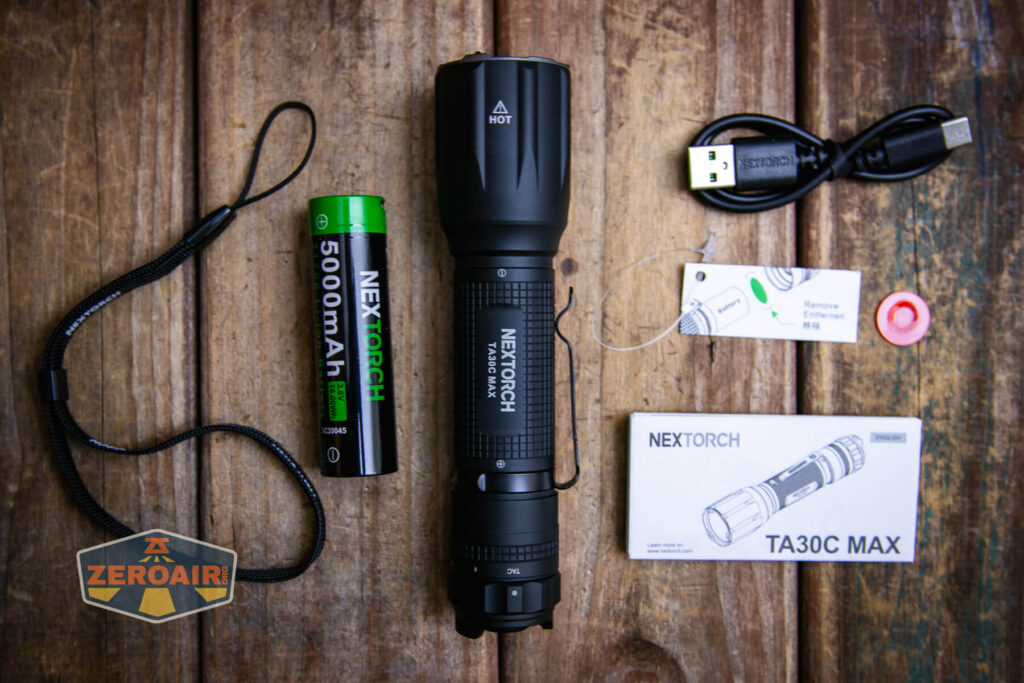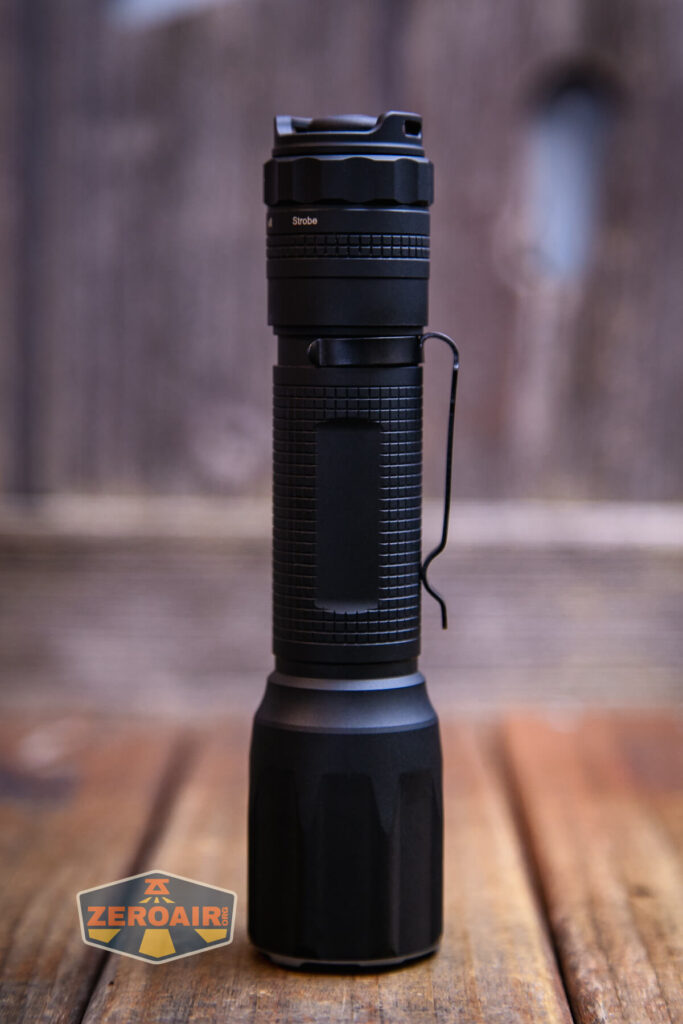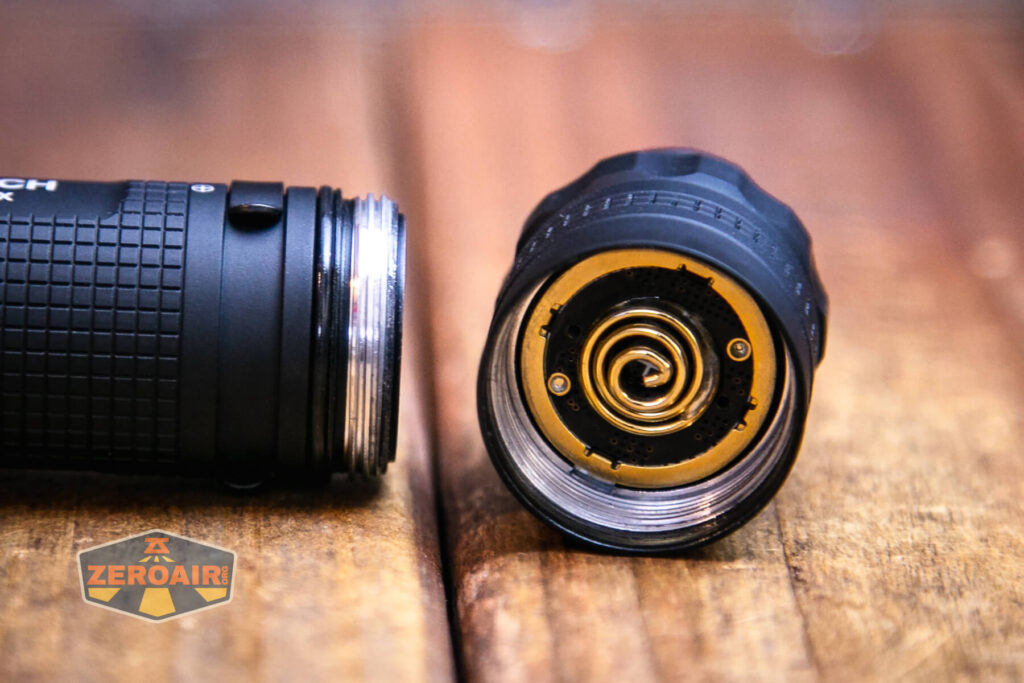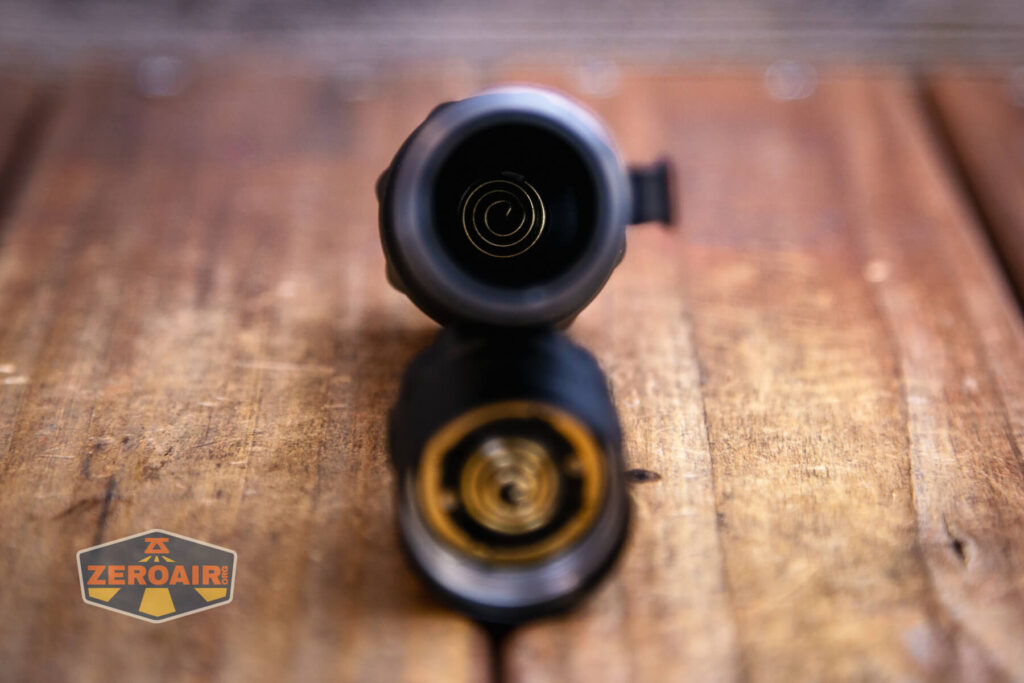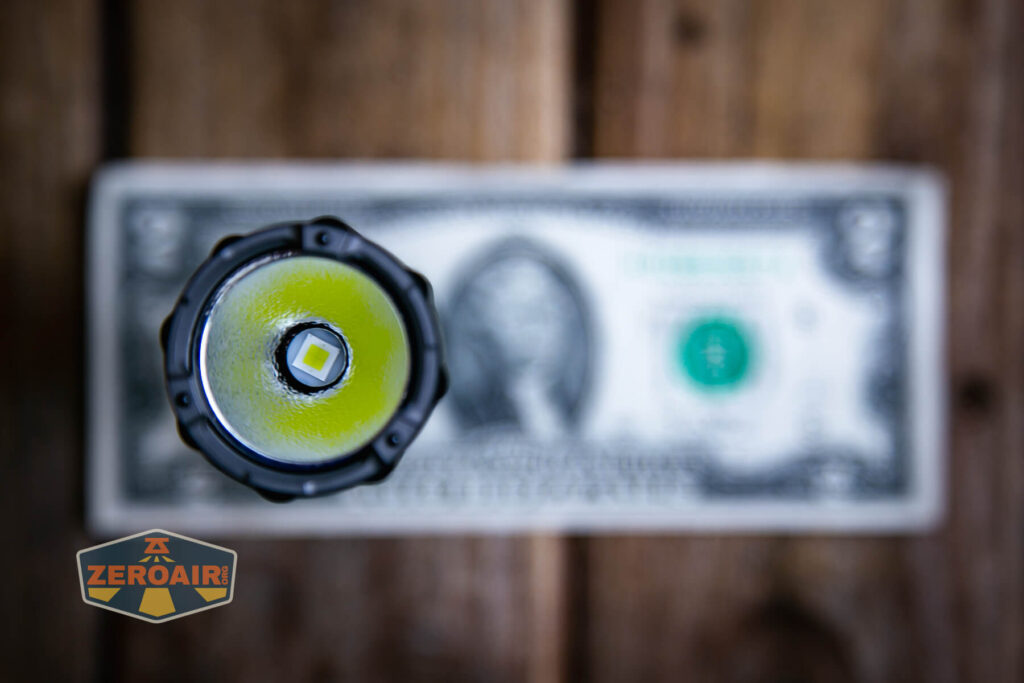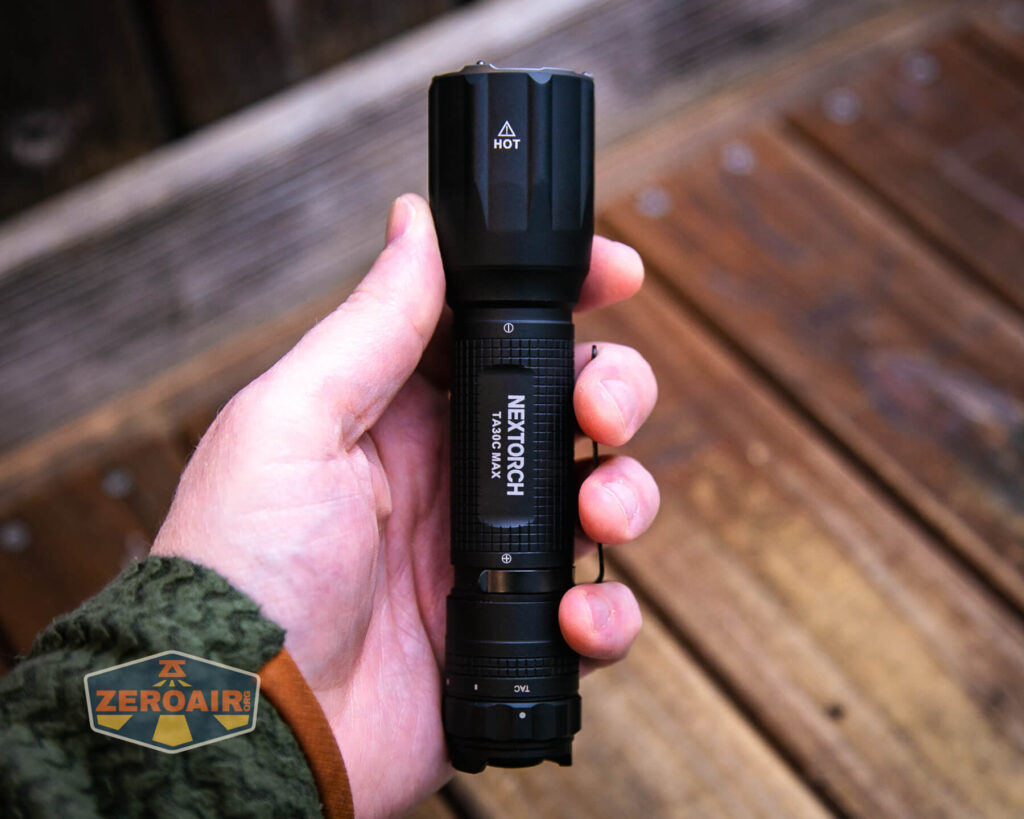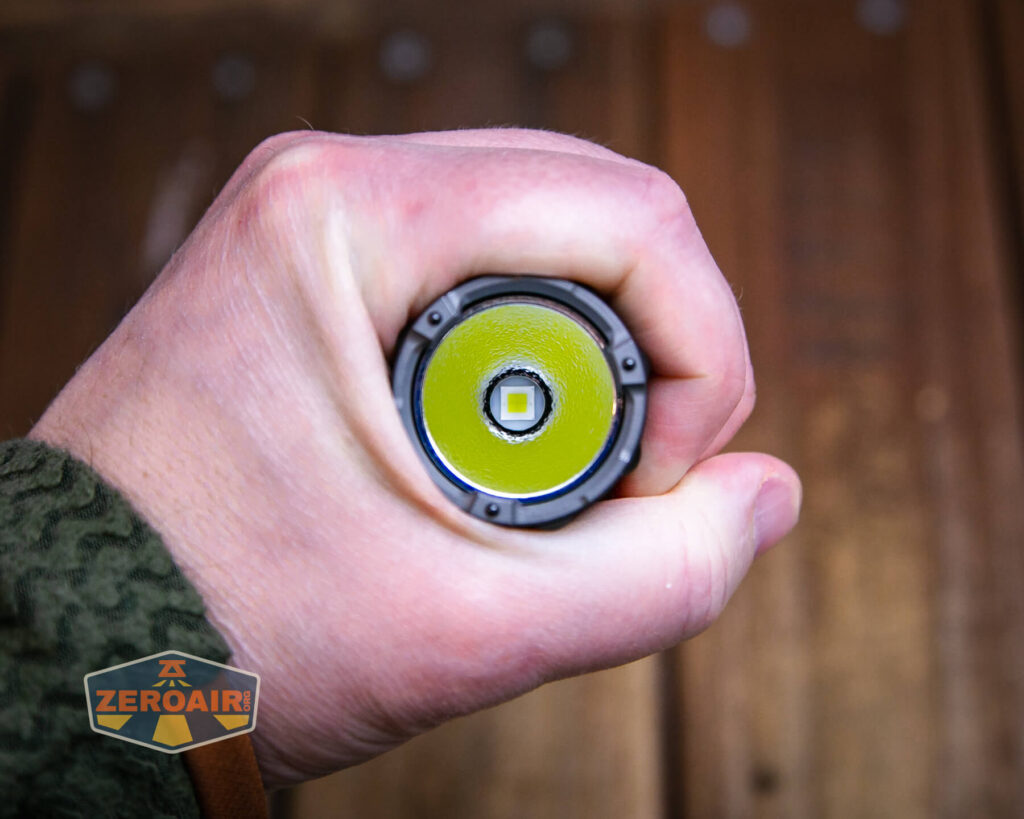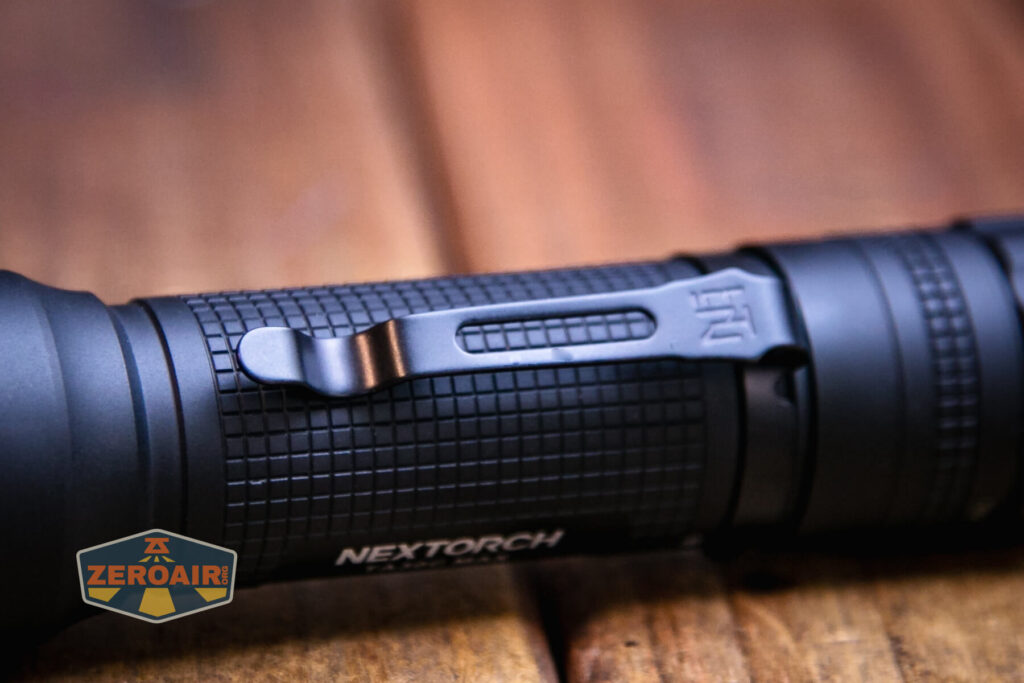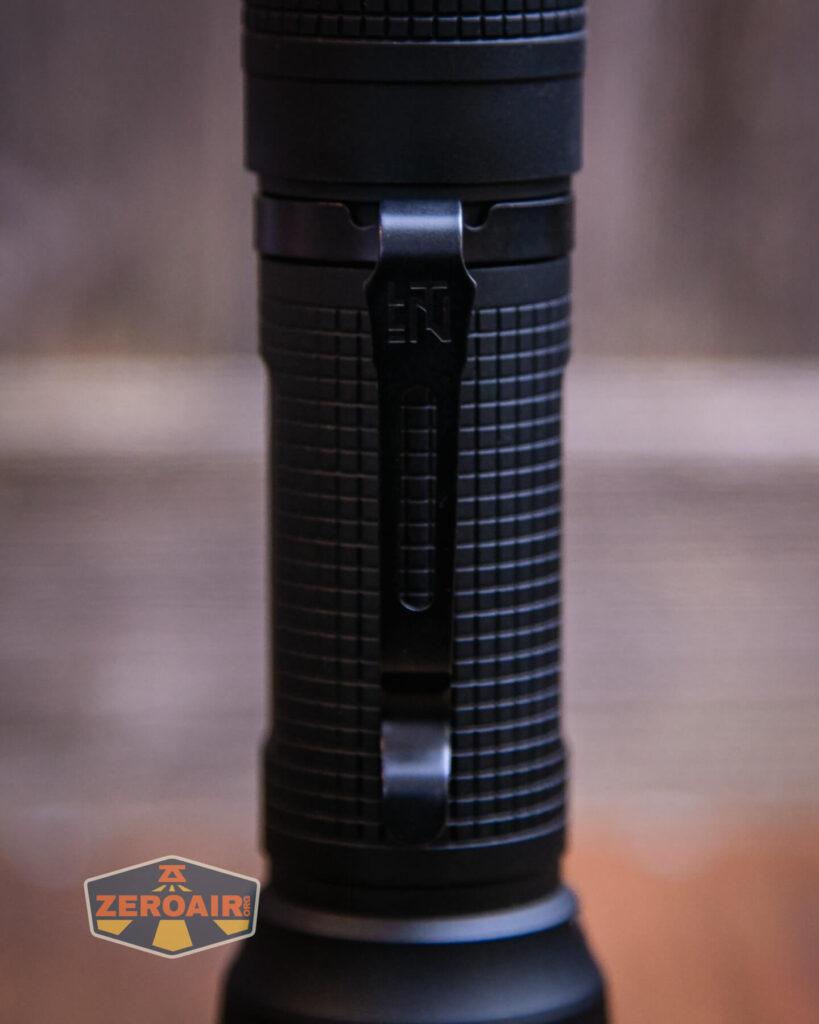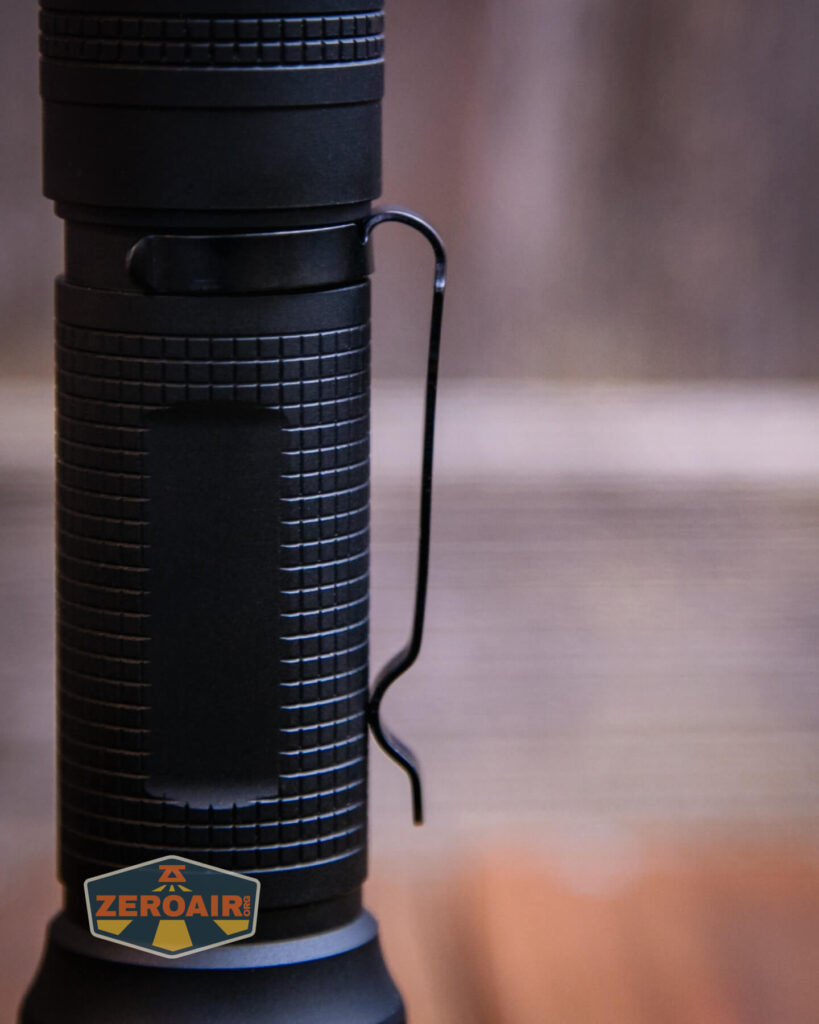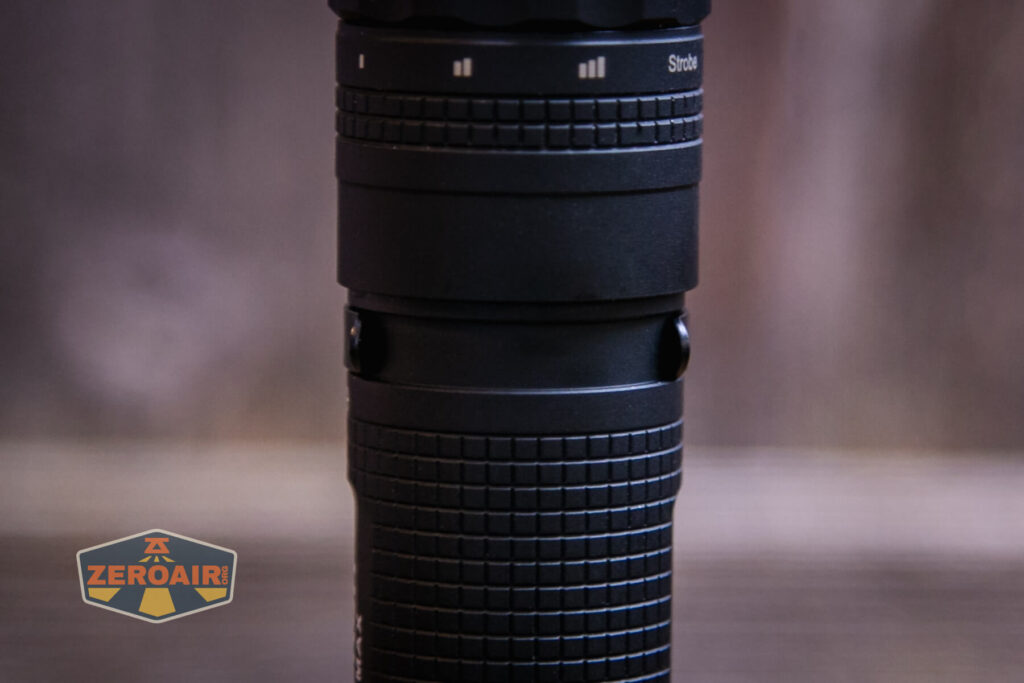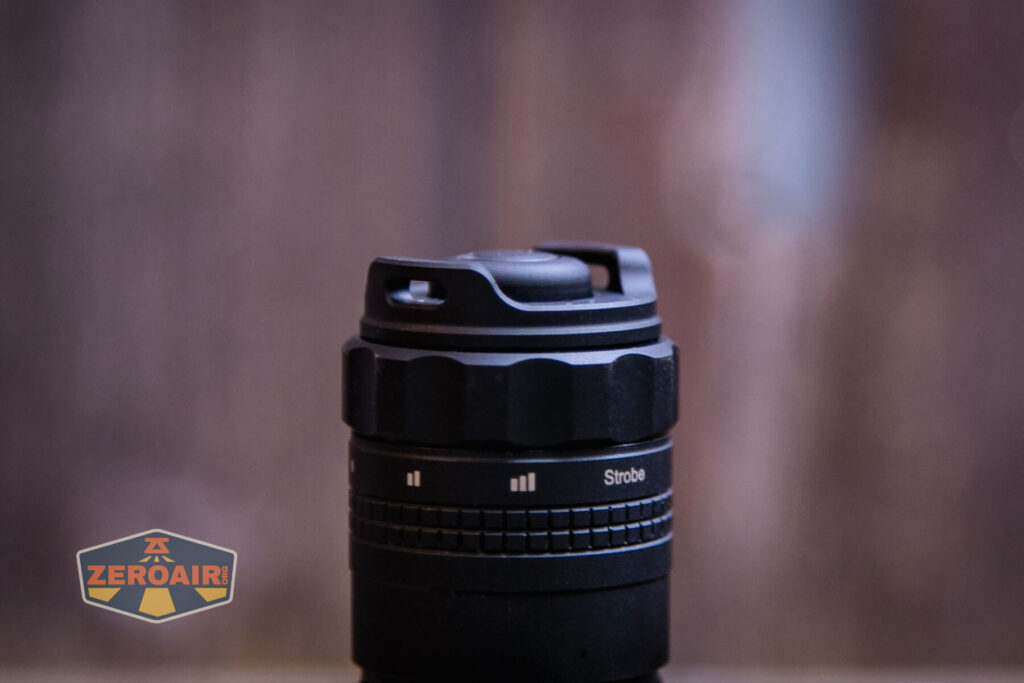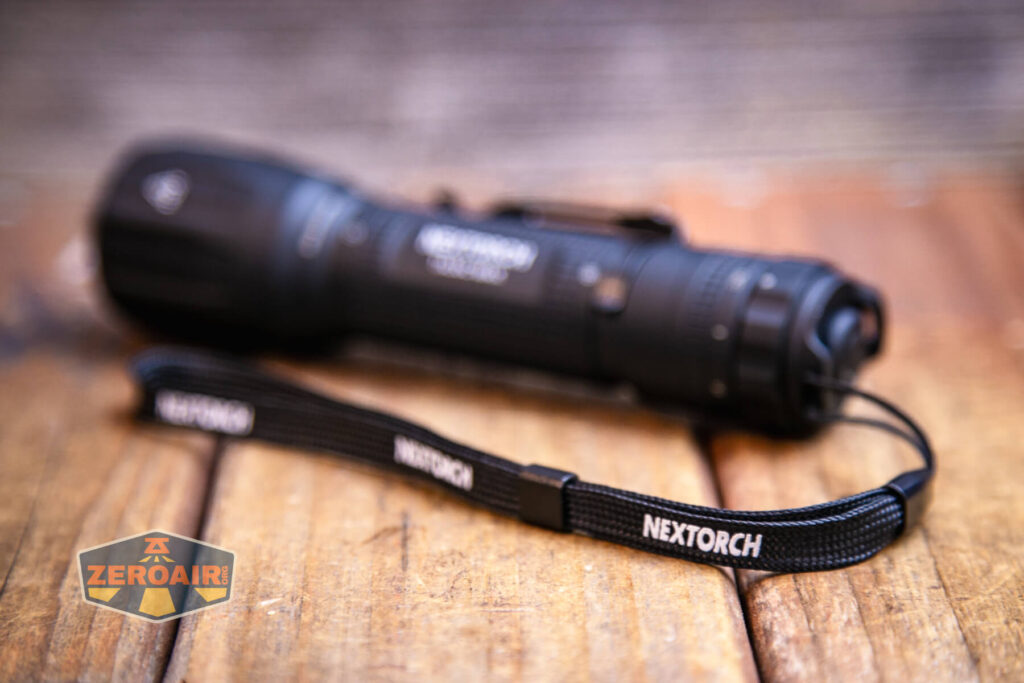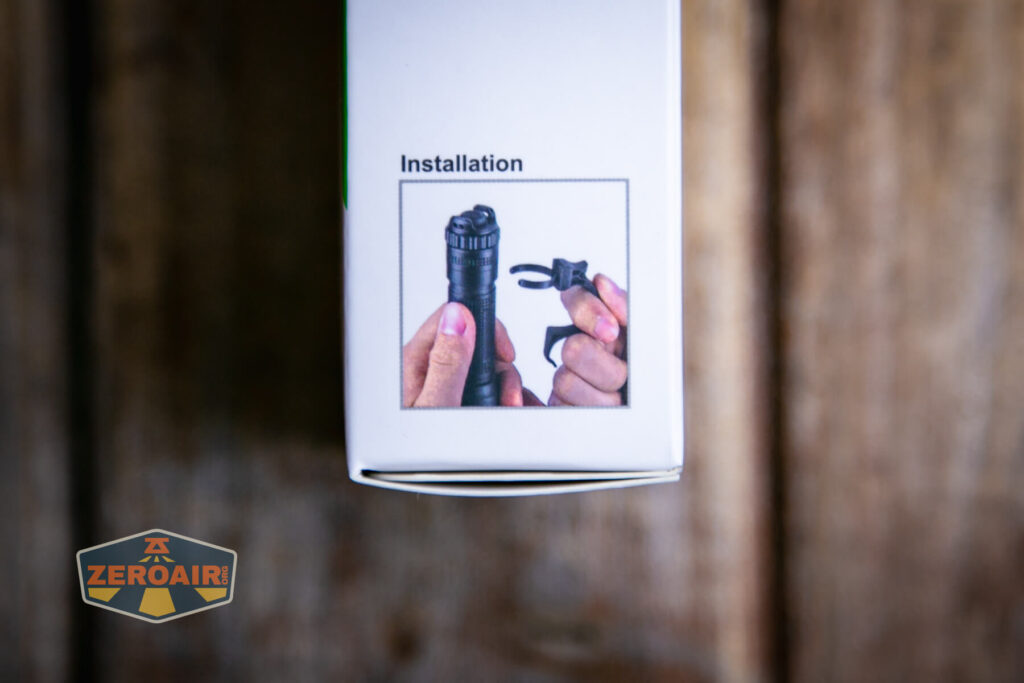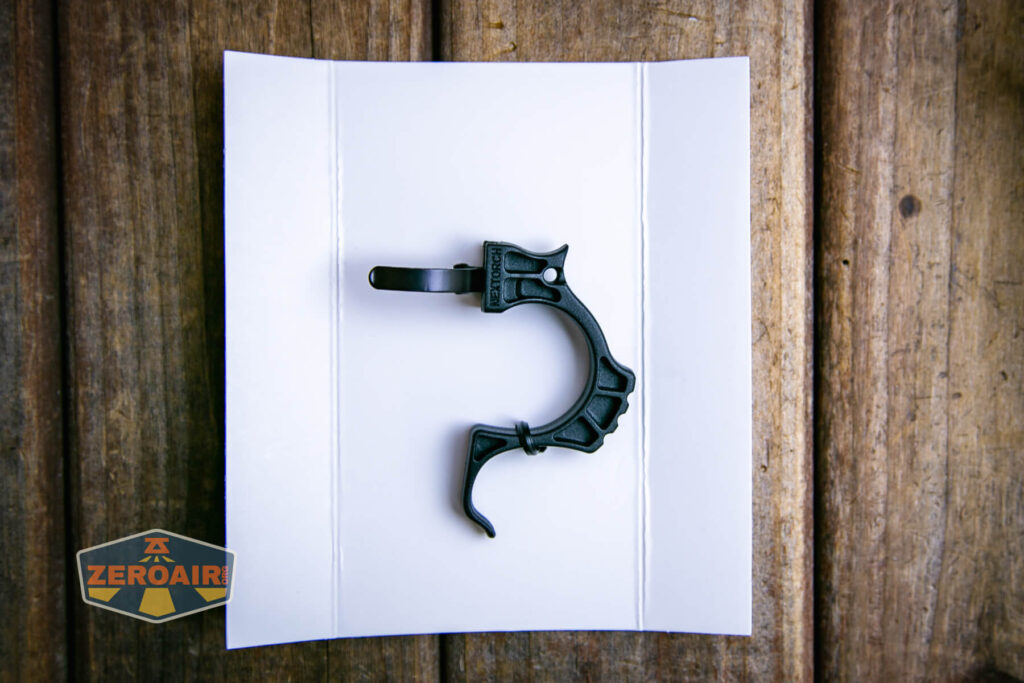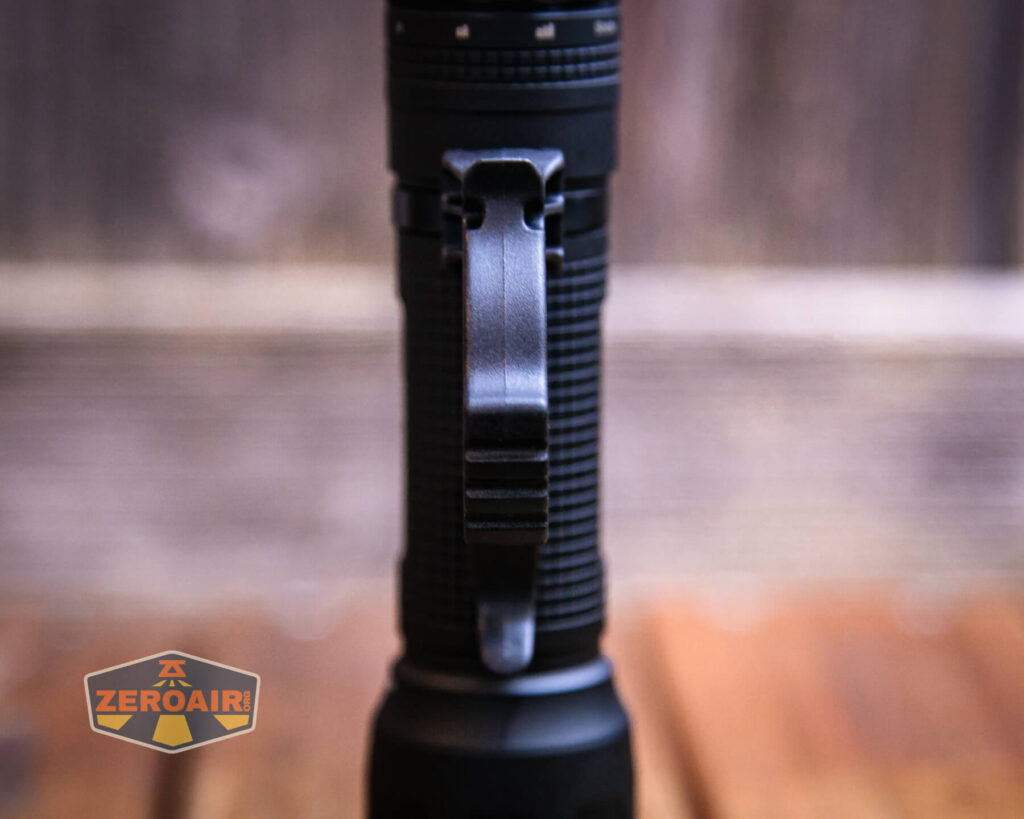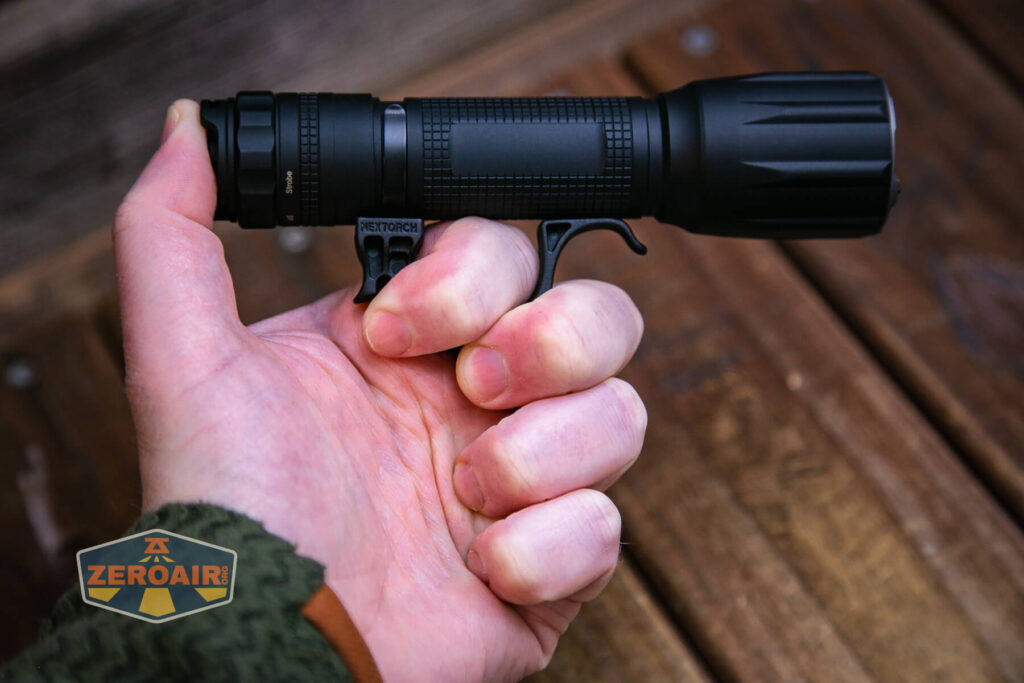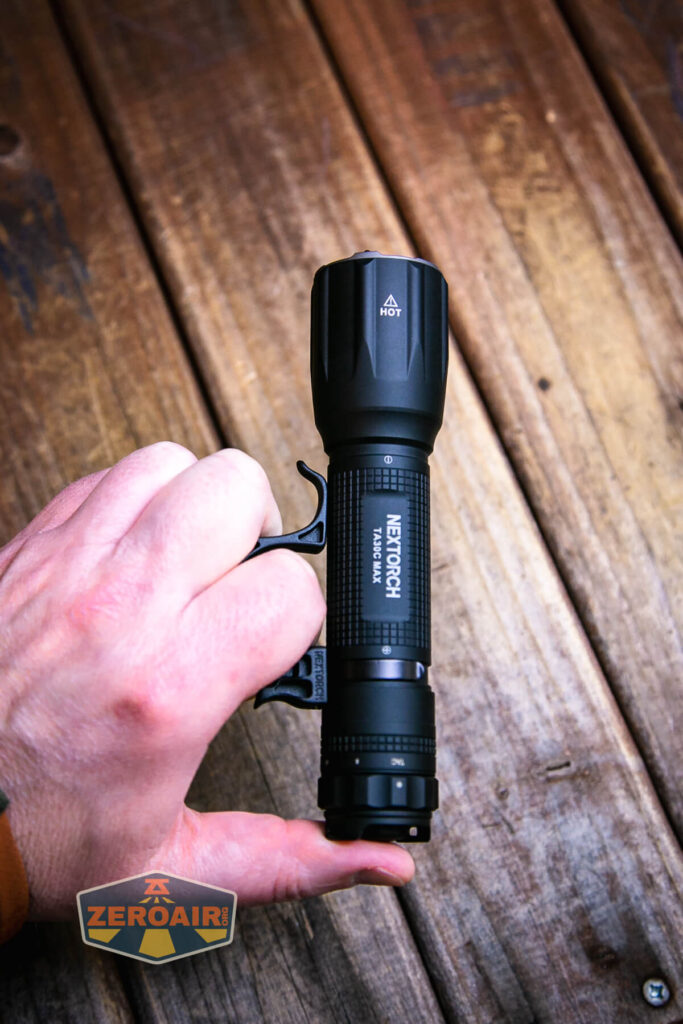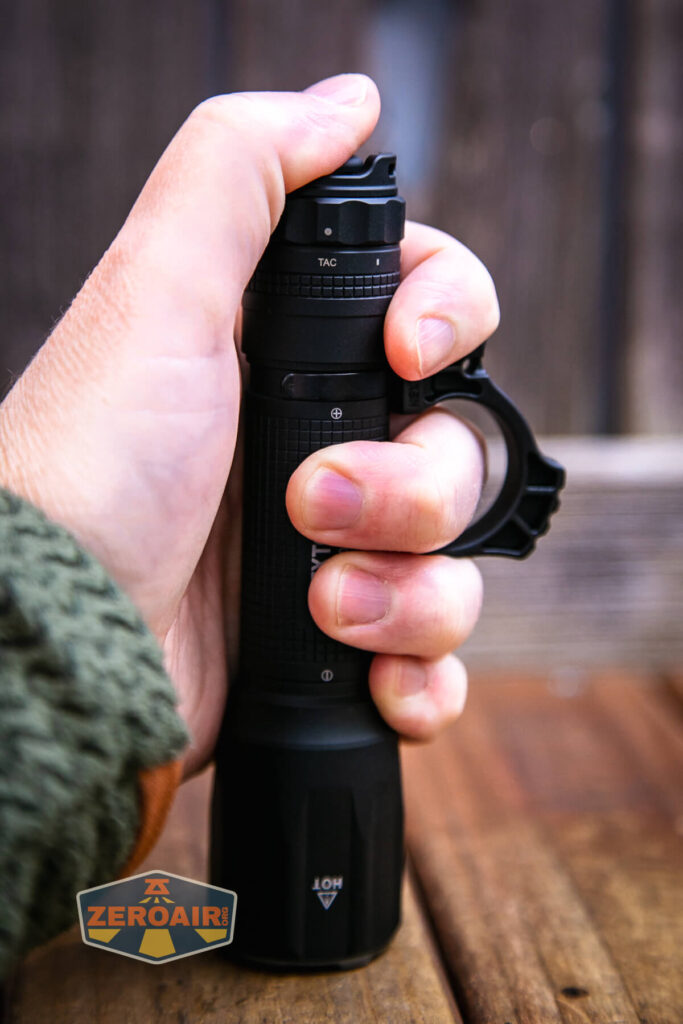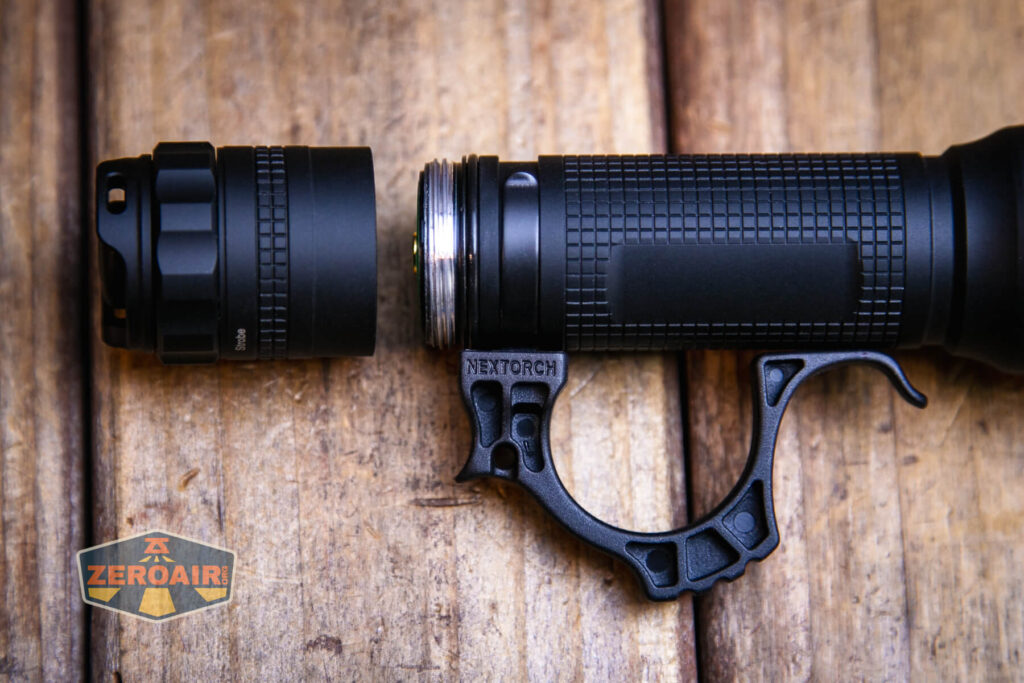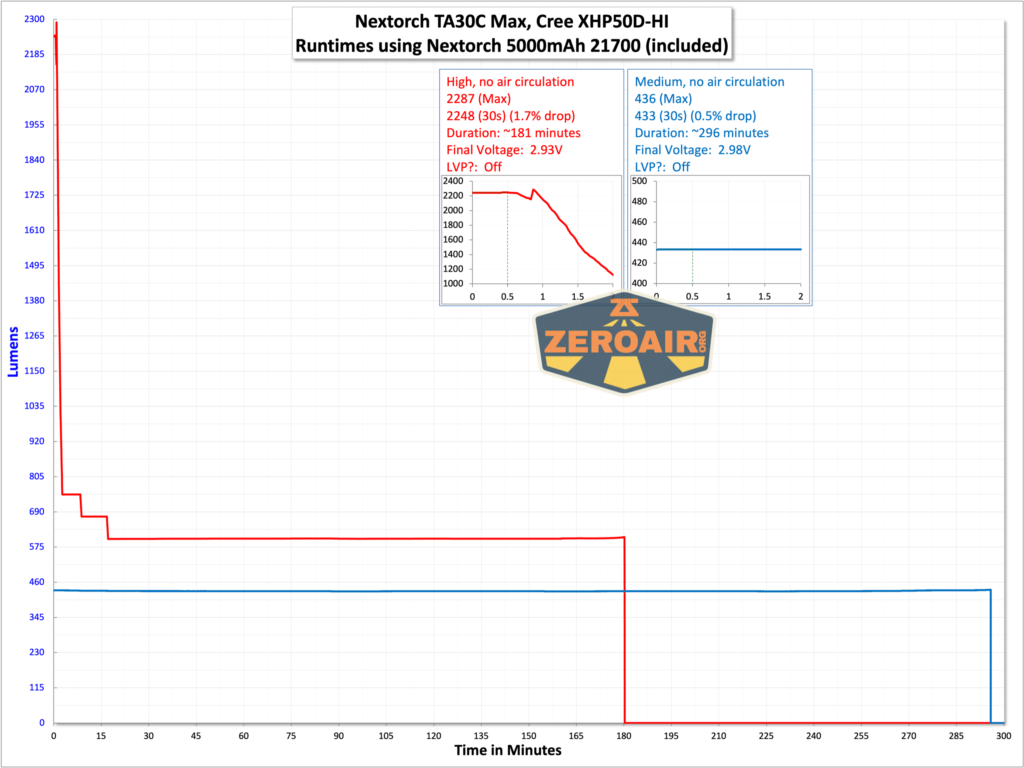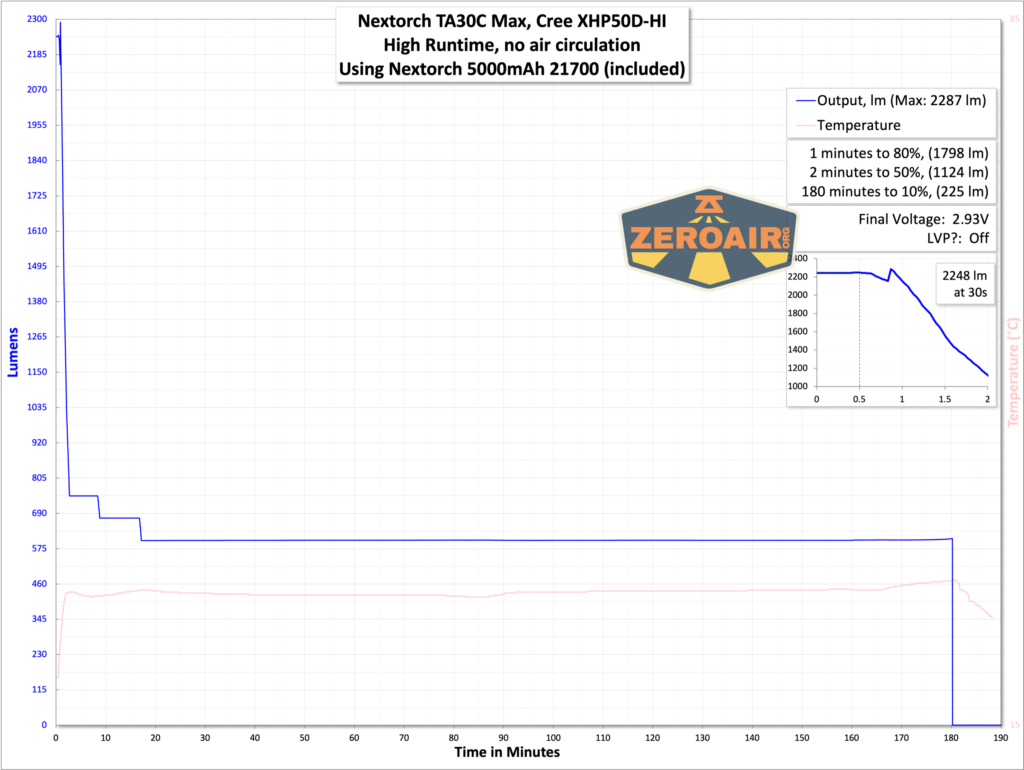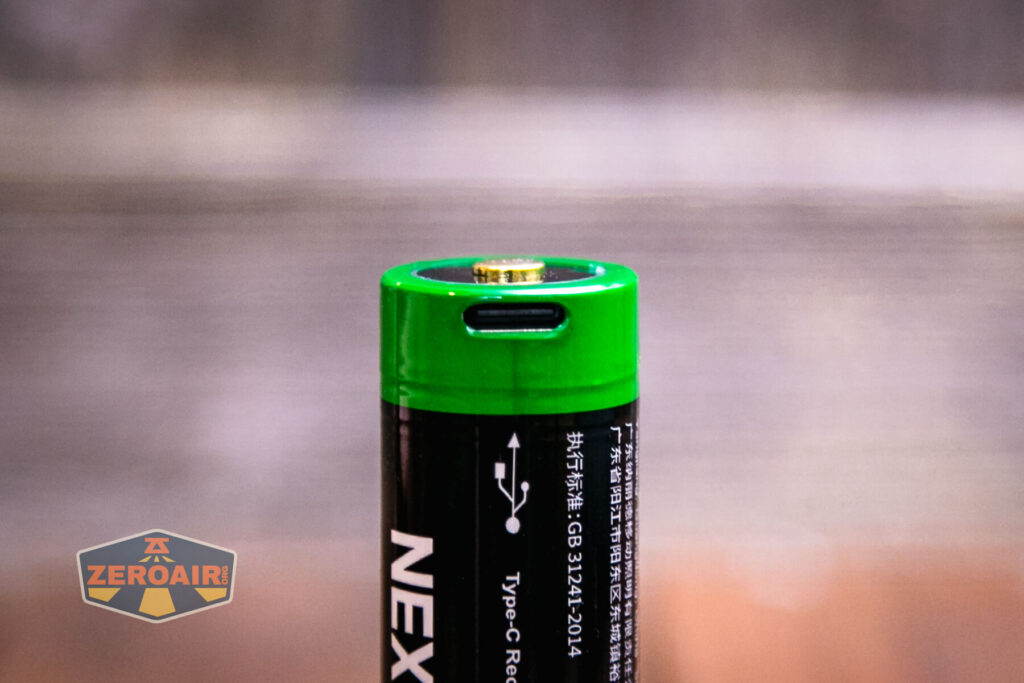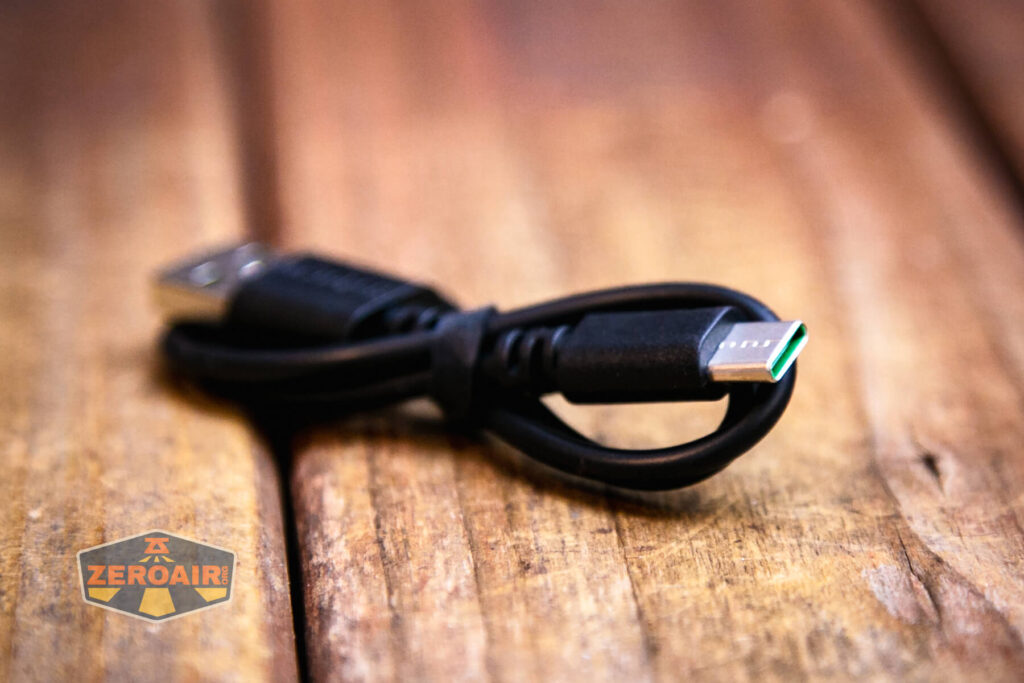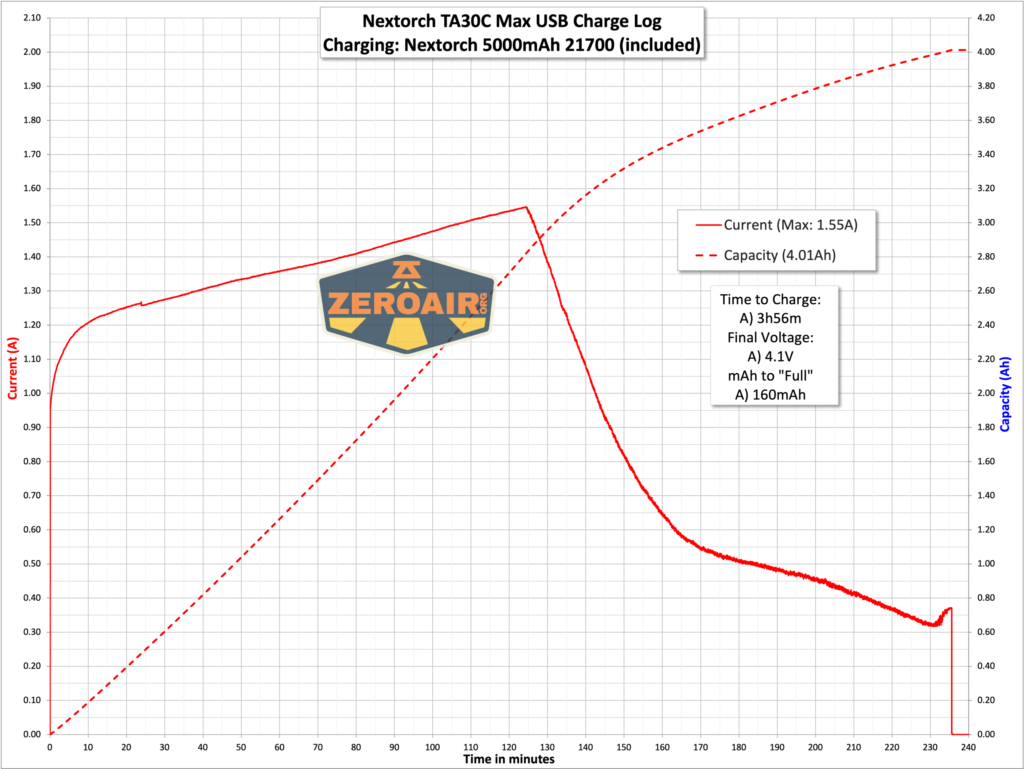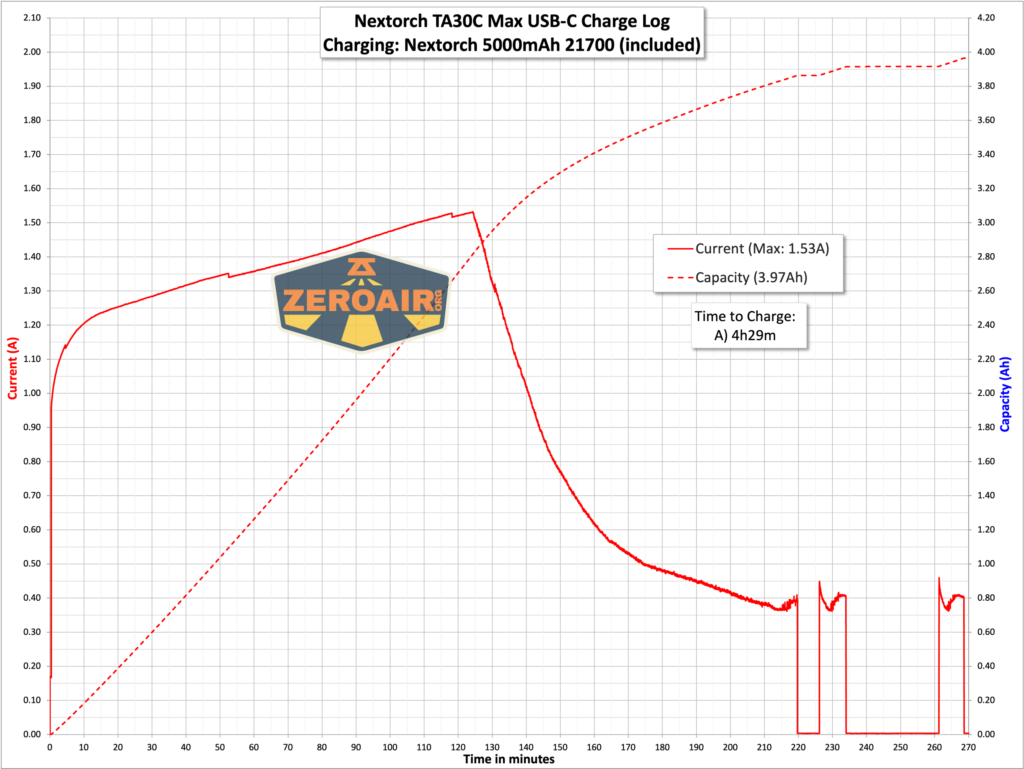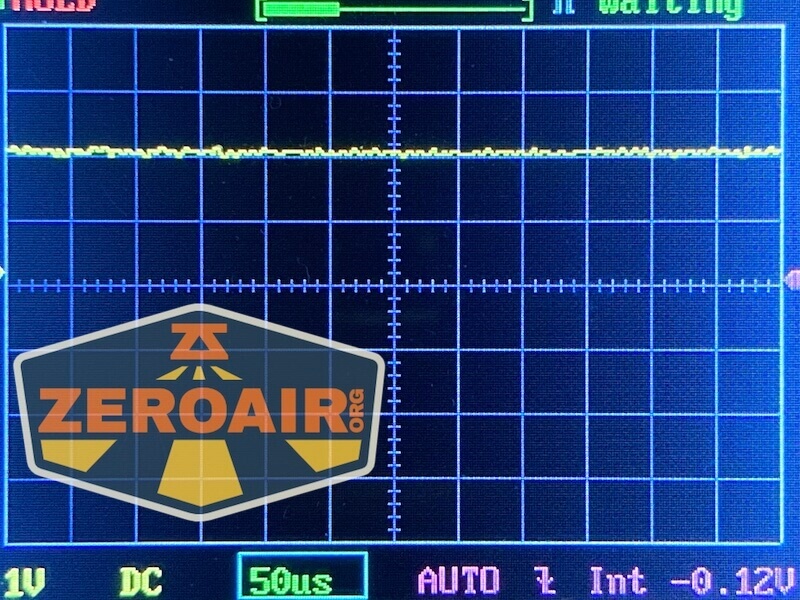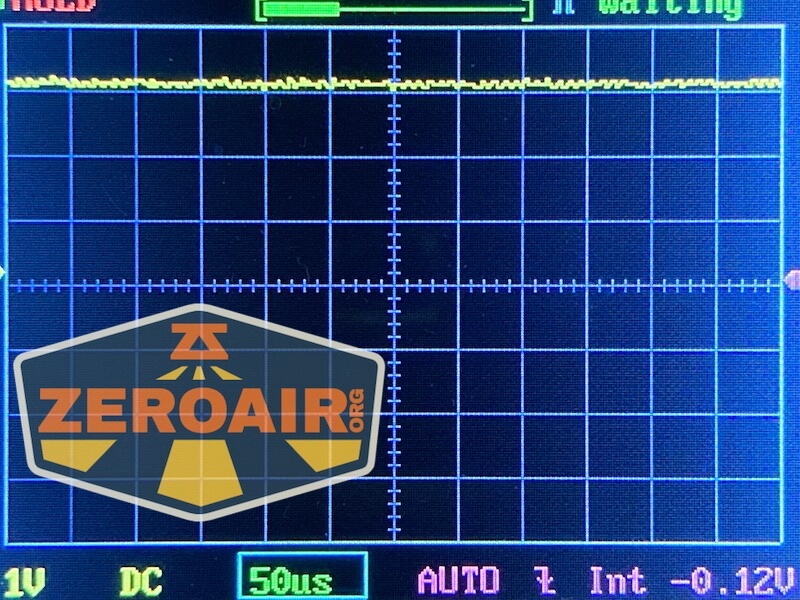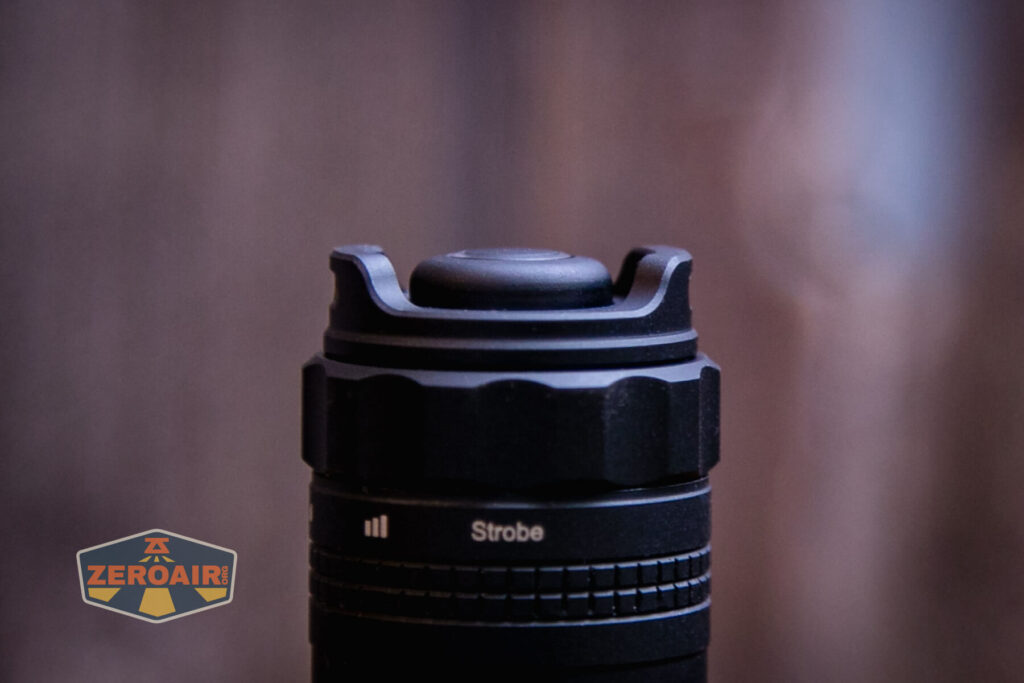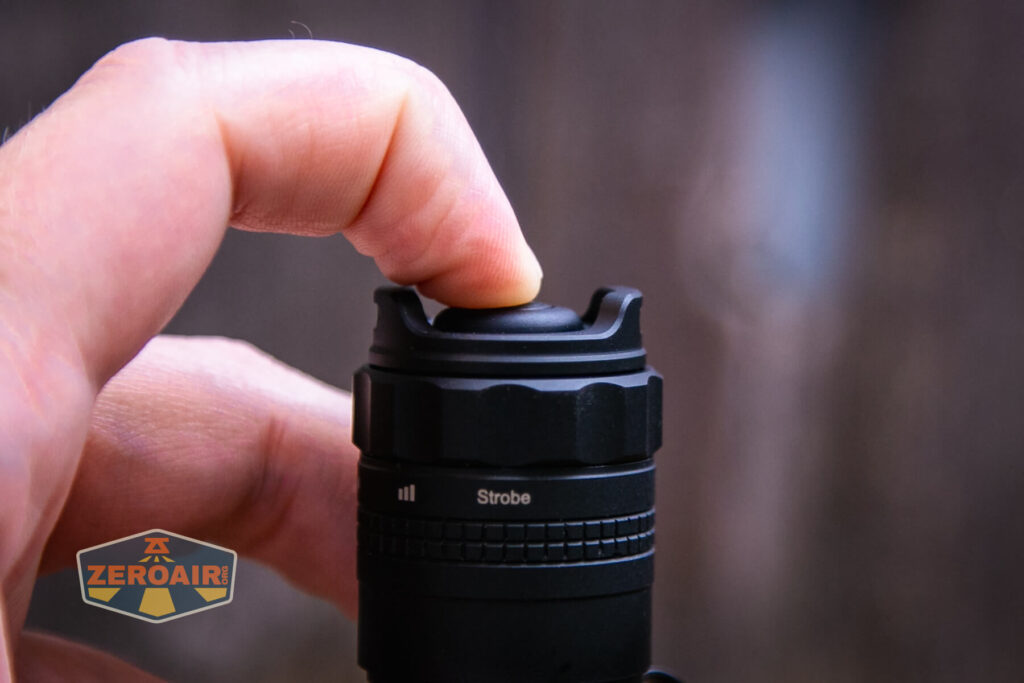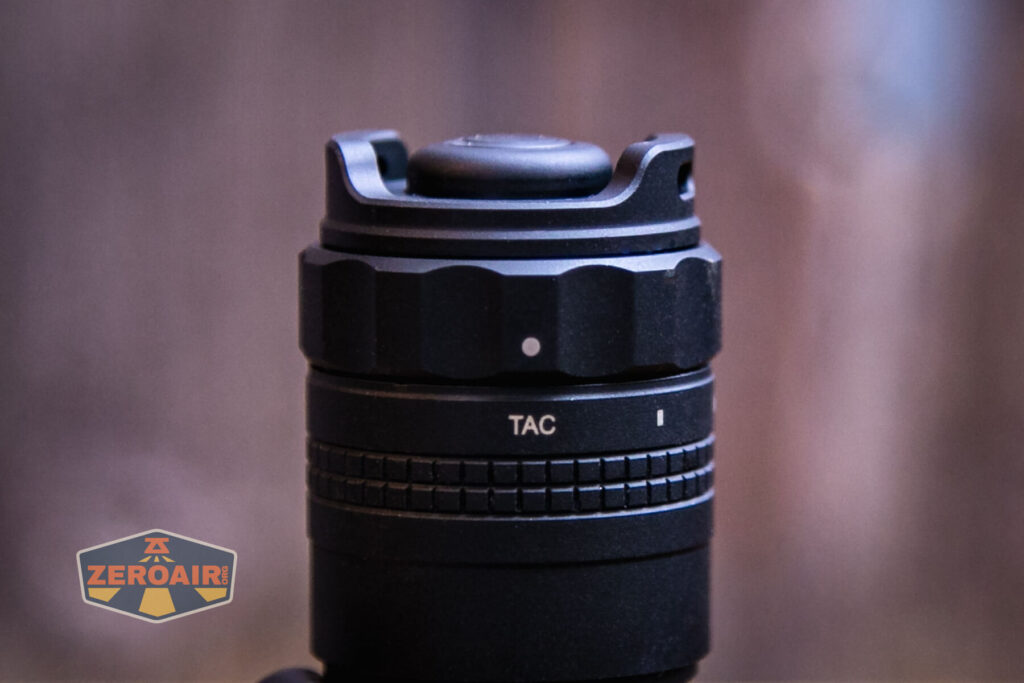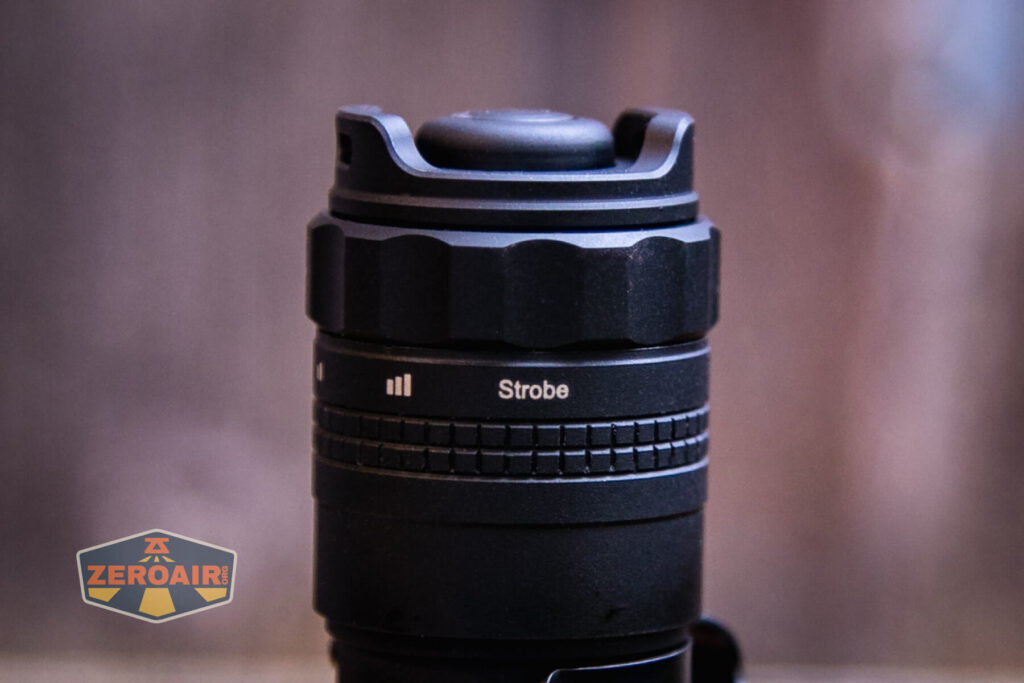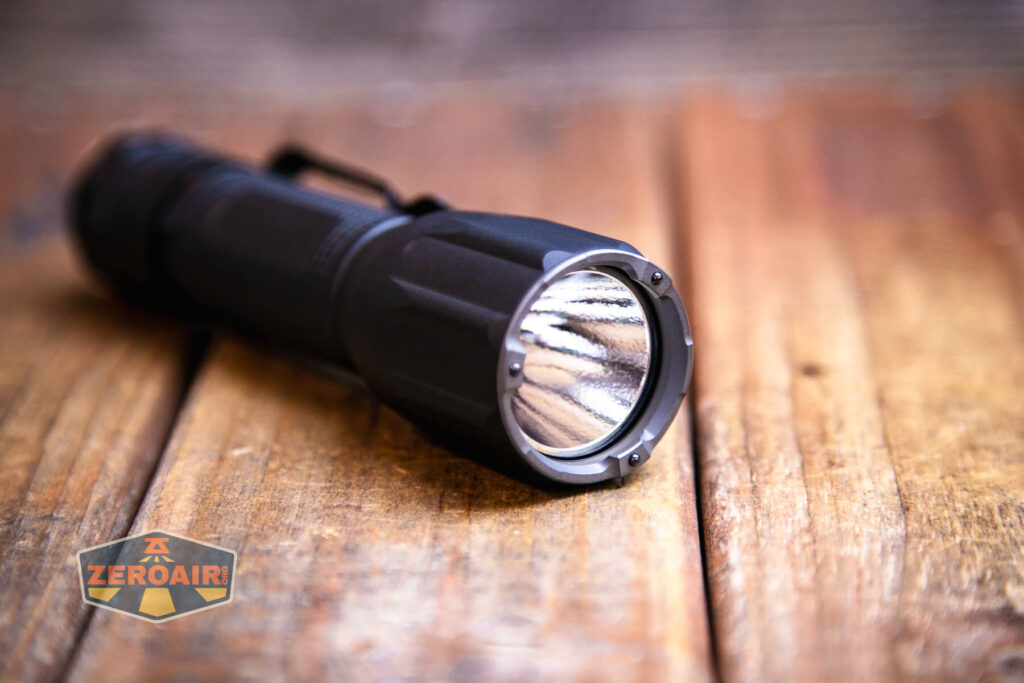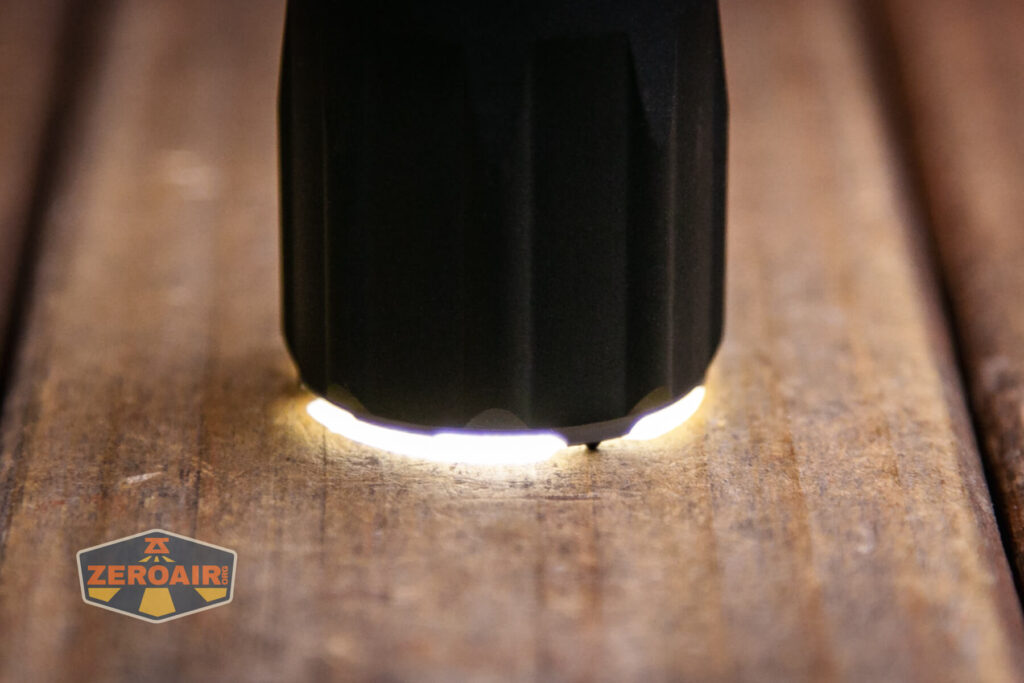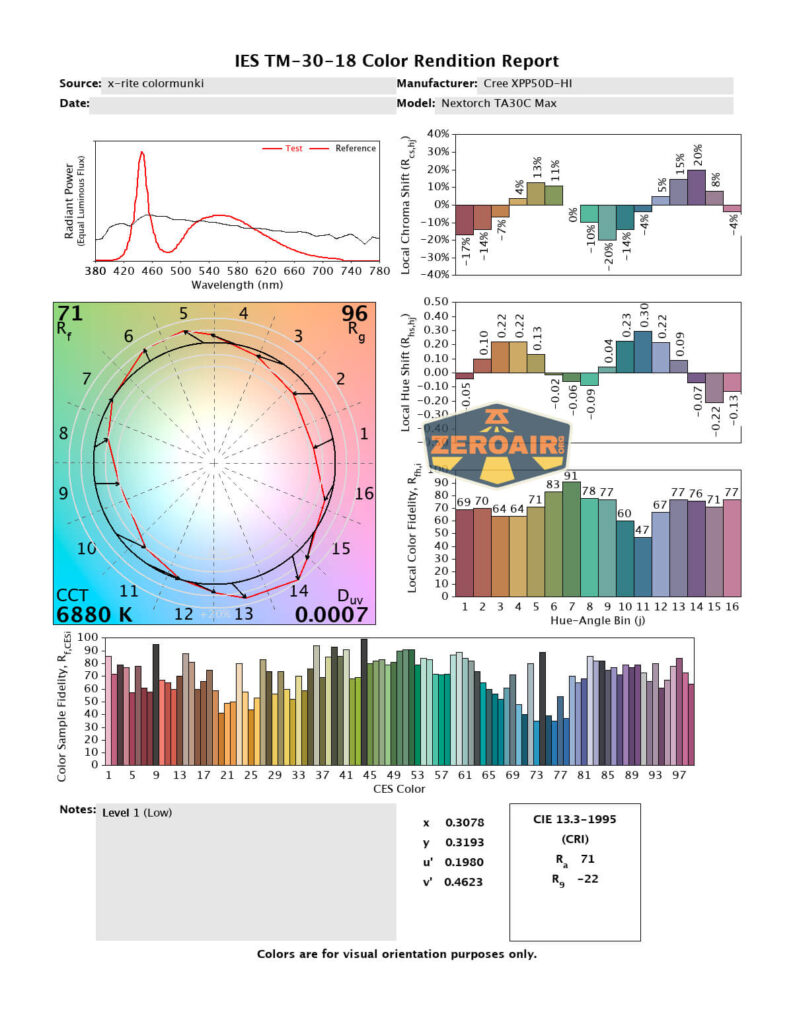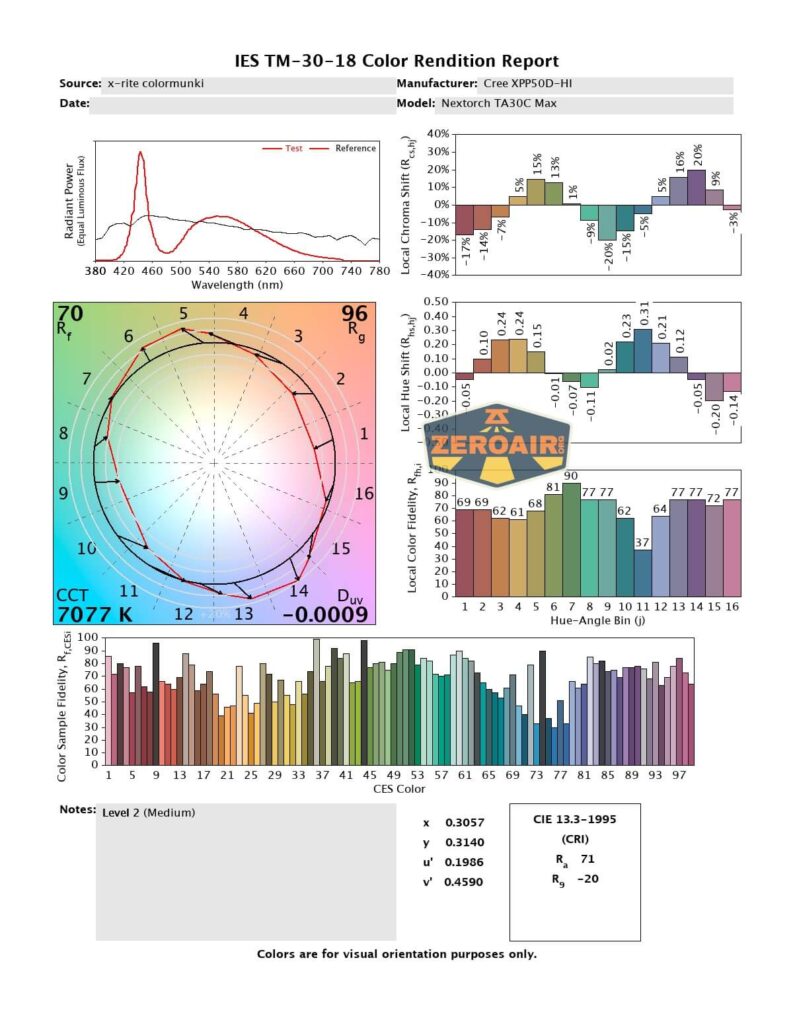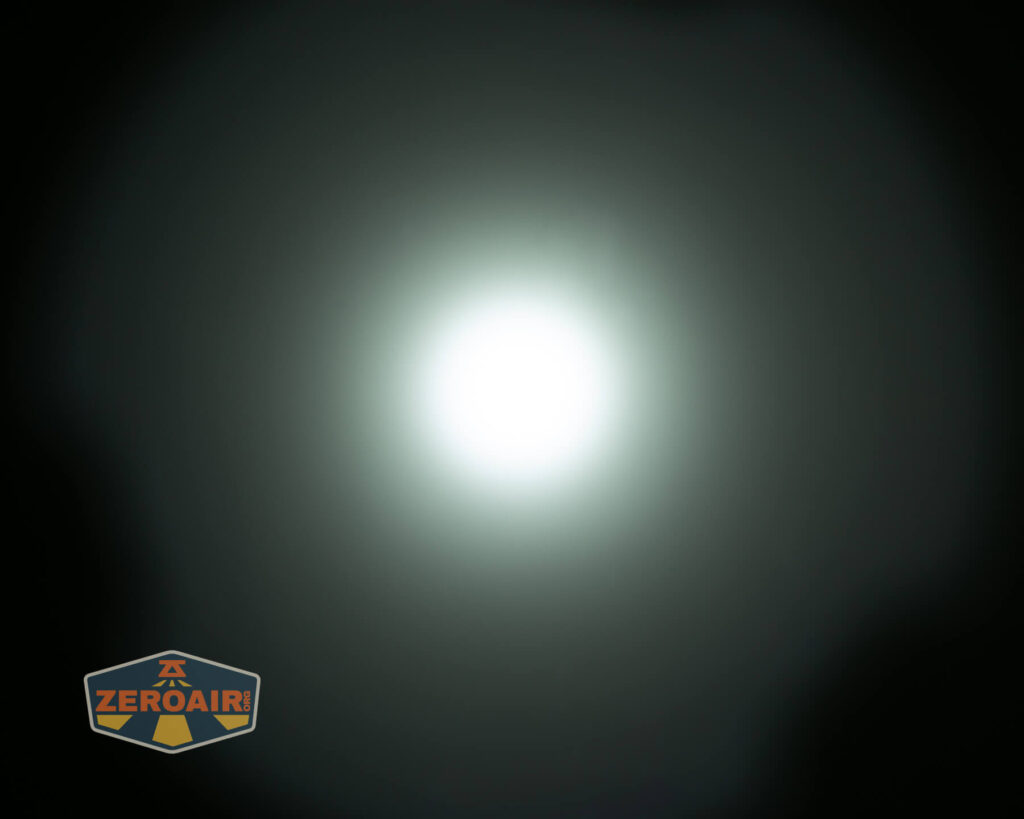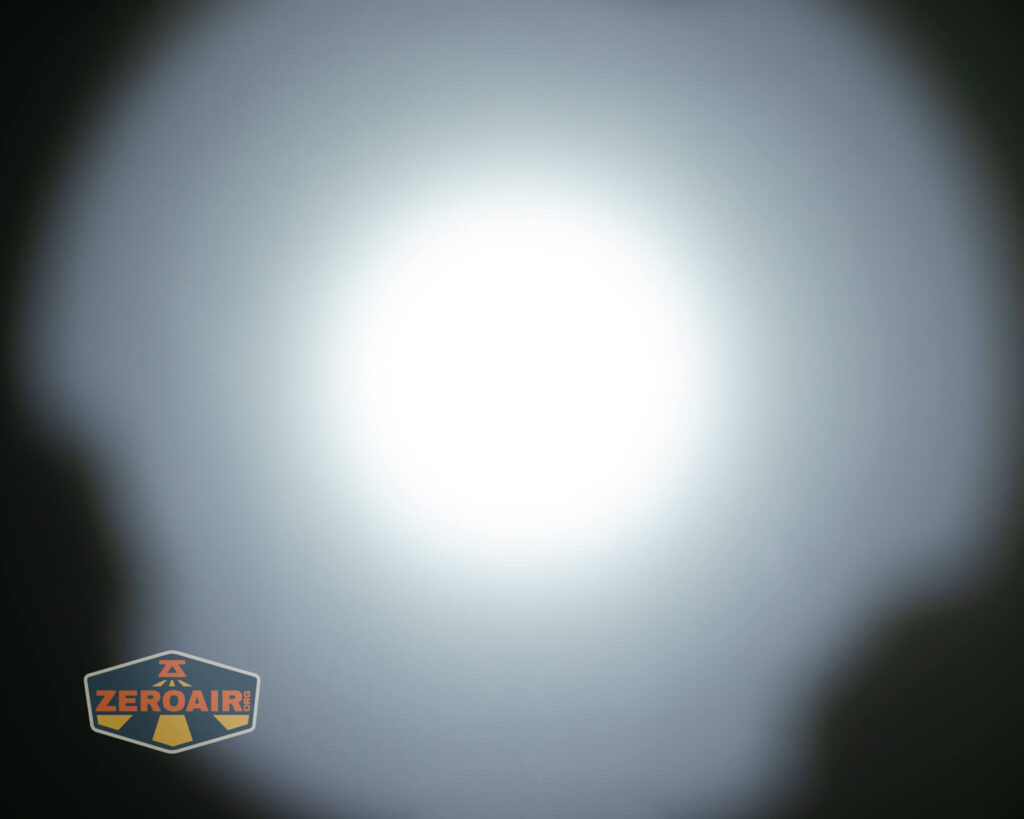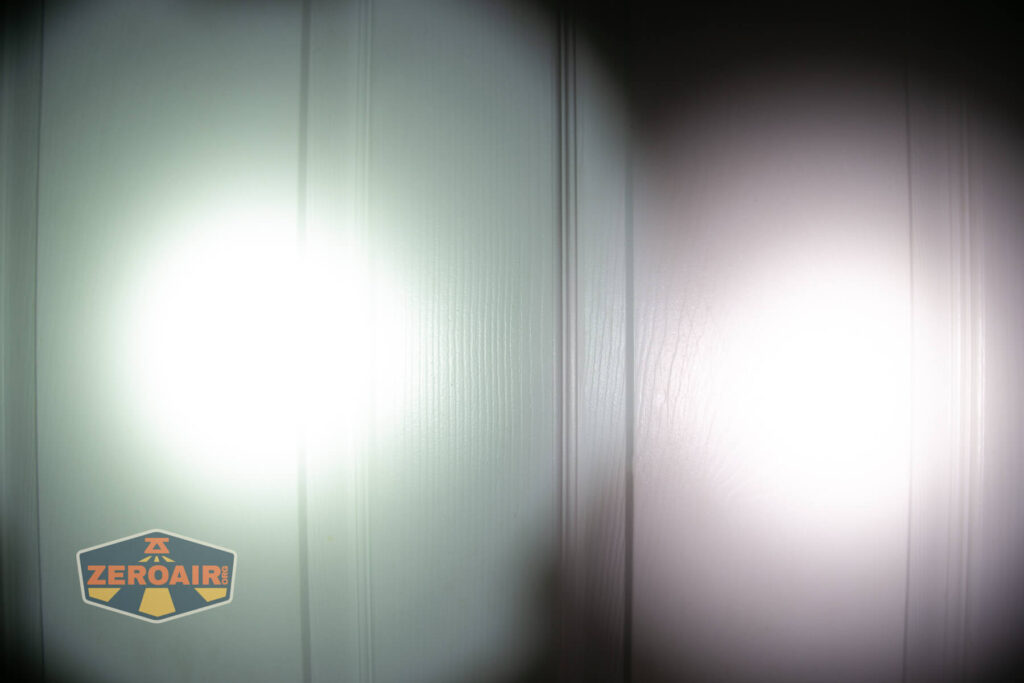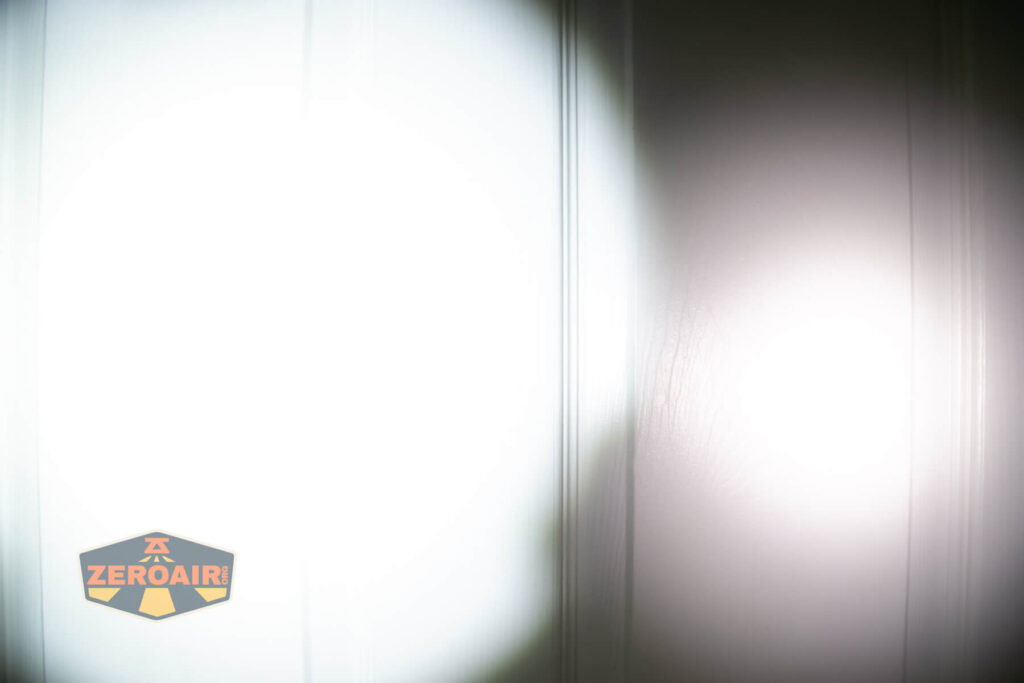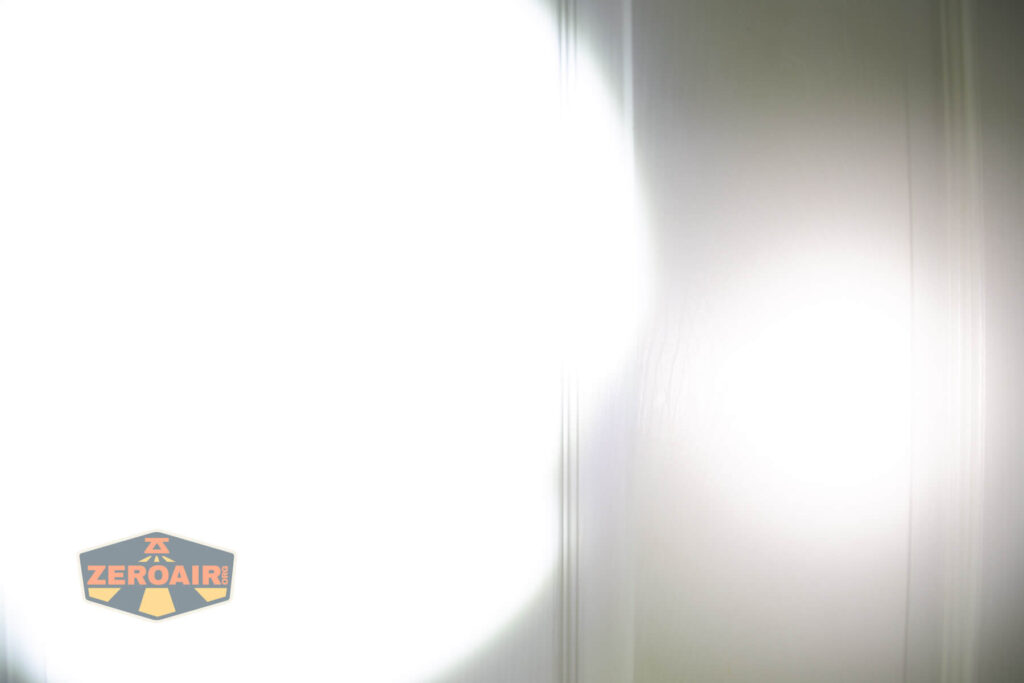Nextorch TA30C Max Tactical Flashlight Review
The Nextorch TA30C Max is a tactical flashlight with “one-step strobe” as well as a rotary interface and USB-C charging (on cell). Read on!
Official Specs and Features
Here’s a link to the Nextorch TA30C Max tactical flashlight product page.
Versions
There’s just one version of the Nextorch TA30C Max tactical flashlight. However, a TA30 V2.0 also exists, among other (separate flashlight) versions of this product.
Price
The Nextorch TA30C Max tactical flashlight comes in at $119, and that includes the cell you’ll need for running the light. The Nextorch TA30C Max tactical flashlight is available at Nextorch.com.
I also have a referral coupon for Nextorch.com that’ll give you 10% off! The code is “ZEROAIR“.
Short Review
The TA30C Max follows in the line of high-quality lights by Nextorch. I appreciate the user interface – rotary dials are neat, for sure!
Long Review
The Big Table
| Nextorch TA30C MAX One-Step Strobe Tactical Flashlight | |
|---|---|
| Emitter: | Cree XHP50D-HI |
| Price in USD at publication time: | $119.00 |
| Cell: | 1×21700 |
| Runtime Graphs | |
| LVP? | Yes |
| Switch Type: | Mechanical with rotary selector |
| On-Board Charging? | Yes |
| Charge Port Type: | USB-C (On Cell) |
| Charge Graph | |
| Power off Charge Port | – |
| Claimed Lumens (lm) | 3000 |
| Measured Lumens (at 30s) | 2248 (74.9% of claim)^ |
| Candela per Lumen | 15.3 |
| Claimed Throw (m) | 390 |
| Candela (Calculated) in cd (at 30s) | 1578lux @ 5.173m = 42227cd |
| Throw (Calculated) (m) | 411.0 (105.4% of claim)^ |
| Claimed CCT | – |
| Measured CCT Range (K) | 6900-7400 Kelvin |
| Item provided for review by: | Nextorch |
| All my Nextorch reviews! | |
^ Measurement disclaimer: Testing flashlights is my hobby. I use hobbyist-level equipment for testing, including some I made myself. Try not to get buried in the details of manufacturer specifications versus measurements recorded here; A certain amount of difference (say, 10 or 15%) is perfectly reasonable.
What’s Included
- Nextorch TA30C Max One-step Strobe Tactical flashlight
- Nextorch 5000mAh 21700
- Charging cable (USB to USB-C)
- Lanyard
- Manual etc
Package and Manual
Build Quality and Disassembly
As stated above, the TA30C Max is a very nicely built light. It has a nice heft in hand and overall just feels like a good quality light.
The anodizing is great, notably. While it’s not “matte” (like Armytek), it’s also not glossy. There’s a nice grippiness to it, in fact.
The tailcap has a nice beefy spring, and the threads are fairly short.
Inside the cell tube, you can see that the head also has a spring.
The head or cell tube does not come off, though.
Size and Comps
Officially, the Nextorch TA30C Max tactical flashlight is 153mm x 38mm (head diameter) x 28mm (body diameter) and 153g (without cell).
If the flashlight will headstand, I’ll show it here (usually the third photo). If the flashlight will tailstand, I’ll also show that (usually in the fourth photo).
Here’s the test light with the venerable Convoy S2+. Mine’s a custom “baked” edition Nichia 219b triple. A very nice 18650 light.
Also above on the left is a new feature light!! Laulima Metal Craft sent this Todai in tumbled aluminum for some size comparison photos like the ones above. Laulima has a bunch of incredible items. I’ve tested one (the Laulima Metal Craft Hoku) (the official site for Hoku is here) that was a Friend Fund Friday review. I was impressed enough by that Hoku that I bought a Laulima Metal Craft Diamond Slim (also in tumbled aluminum) (review is upcoming!) These lights by Laulima have impeccable build quality and not only that, they’re quite configurable. There are some (great, actually) default configurations, but Joshua Dawson (of Laulima Metal Craft) is open to ideas and emitter options and the like. I haven’t reviewed this Todai, but I have to say, it feels absolutely fantastic and I love it thus far. (Notably, I love how warm and eggy those emitters look through the TIR.)
Retention and Carry
The Nextorch TA30C Max tactical flashlight has a nice friction-fit pocket clip that attaches only to the tail end. This clip isn’t designed as a “deep-carry” clip but due to the length of the light, it does function that way.
The clip has a nice design, including a stamped logo near the shoulder.
Clip hug!
A lanyard is also included. You could attach that through the pocket clip, but these two holes in the tailcap are a much better option.
That’s it for included means of carry of the TA30C Max. However, Nextorch also sent the Nextorch FR-2. This tactical grip is available for $10 and is a perfectly reasonable add-on to your purchase of the TA30C Max. I covered this in the testing of the Nextorch E52C but here I’ll add photos of the FR-2 packaging and the like. It’s very much a completely separate product and has nice packaging too.
The FR-2 attaches just as the included pocket clip does. They can not be used at the same time.
This tactical ring adds quite a bit of grip variety on the TA30C Max.
The FR-2 does not get in the way of tailcap removal, either.
Power and Runtime
Nextorch includes a single 21700 cell with the TA30C Max. It’s a 5000mAh cell and has a button top. Interestingly, this is a higher capacity cell than shipped with the E52C (which includes a 4800mAh cell.)
The cell goes into the TA30C Max opposite to the normal way – in the TA30C Max, the positive end toward the tail. In case you for get this, note that there are polarity indicators on the cell tube.
Below are a couple of runtime tests. I’m not observing the claimed 3000 lumens, but I’d have been surprised if that was achieved anyway. What we do see is a fairly quick (but not “abusive”) stepdown. By “not abusive,” I mean it doesn’t seem like Nextorch is gaming the claim system. 1 minute at the very bright output is respectable. I’ve labeled the emitter in this chart “XHP50D-HI” just like Nextorch does – I think this is the same as the Cree XHP50.3 HI (so I’ve also named it that in other places.)
The Nextorch TA30C Max tactical flashlight does exhibit low voltage protection at around 3V.
Charging
While the TA30C Max itself does not have built-in charging, the included 21700 cell does. There’s a USB-C charging port right there on the positive terminal.
Also not shown, but there’s a tiny indicating LED near the button, too. Red when charging and blue when charging has completed.
A USB to USB-C charging cable is included. Note the touch of “Nextorch green” there on both ends of the cable. I really like that! Small touch, but it points out that Nextorch does things right!
The charging is good and finishes in under 4 hours. Note this is a better pace than the 4800mAh E52C, which used on-the-flashlight charging. USB to C and C to C both work fine.
It seems like with C to C charging, attempts are made to top the cell after charging is “complete.” My cell wasn’t over voltage, but it’d probably still be a good idea to remove it from the charging cable when charging indicates “complete.”
Modes and Currents
| Mode | Mode Claimed Output (lm) | Claimed Runtime | Measured Lumens |
|---|---|---|---|
| High | 3000 | 2h45m | 2248 |
| Medium | 520 | 5h | 433 |
| Low | 70 | 35h | 67 |
Pulse Width Modulation
PWM is not observed on any of the three modes of the TA30C Max.
Here you can see a “baseline” – a chart with almost no light hitting the sensor.
Then there’s the Ultrafire WF-602C flashlight, which has some of the worst PWM I’ve seen. It’s so bad that I used a post about it to explain PWM! Here are multiple timescales (10ms, 5ms, 2ms, 1ms, 0.5ms, 0.2ms) to make comparing this “worst” PWM light to the test light easier. That post also explains why I didn’t test the WF-602C at the usual 50us scale.
User Interface and Operation
There’s one switch on the Nextorch TA30C Max tactical flashlight. It’s a tail switch and probably e-switch but it functions much like a forward mechanical clicky, though. The switch, however, doesn’t click. That plays into how “one-step” strobe the light is!
The switch has an indicating ring, too, which is a very nice touch. It’s protected on two sides by the loops used for lanyard attachment. Those still allow access when wearing gloves.
This switch is great. In fact, it’s a lot like the switch of the Nextorch E52C but differs in that it has the indicating feature (which the E52C switch does not have.)
Aside from that actual switch, there’s a rotary control. This rotary control can be put in five positions. “Tac” (seen first below) is the “most off” position – in this setting, strobe is the response when the switch is pressed. This is “one-step strobe.”
The other positions are steady-states. Rotate the dial to “I”, “II”, “III”, or “Strobe” and you get Low, Medium, High, or Strobe, respectively. Those all work without switch presses too – in fact, in any of those modes, pressing the switch will enact CHECK.
Below you can see the switch indicating red. It’s a red ring, and I love it! This indicator lights up when the flashlight is turned off. That’s undoubtedly an unusual time to indicate the battery life, but it works fine. The indication is as follows:
Blue: 75-100%
Blue flashing: 50-75%
Red: 25-50%
Red flashing: 0-25%
Here’s a user interface table!
| State | Action | Result |
|---|---|---|
| Any | Tap Switch | High |
| Any | Hold switch (deeply) | Strobe |
| Rotary in “Tac” | Rotate Rotary counter clockwise | Increase output through I, II, III, Strobe |
| Rotary in “Strobe” | Rotate Rotary clockwise | Decrease output from Strobe, III, II, I |
| On | Turn light off (various ways) | Battery indicator^ |
^ Battery indicator described above.
LED and Beam
Nextorch labels this emitter a Cree XHP50D HI. As far as I can tell, that’s another name for the Cree XHP50.3 HI emitter, which is the current (or “newest”) generation of this XHP50 emitter. The “HI” means “high intensity” and corresponds to the emitter having no dome.
That emitter is coupled with a deep and textured reflector. Below you can also see the glass-breaking ball bearings in the bezel. I think that the bezel is probably stainless steel, too, which is a good choice.
LED Color Report (CRI and CCT)
CCT ranges from around 6900K (cool white) all the way up to around 7400K (very cool white) and the CRI is low, at around 70. None of those should really be surprises – it’s very usual for a tactical light to be cool white and low CRI, namely because they’re usually as bright as possible, and low CRI high CCT lights output the most light (comparatively).
Beamshots
These beamshots always have the following settings: f8, ISO100, 0.3s shutter, and manual 5000K exposure. These photos are taken at floor level, and the beam hits the ceiling around 9 feet away.
Tint vs BLF-348 (KillzoneFlashlights.com 219b version) (affiliate link)
I keep the test flashlight on the left and the BLF-348 reference flashlight on the right.
I compare everything to the KillzoneFlashlights.com 219b BLF-348 because it’s inexpensive and has the best tint!
Conclusion
What I like
- Great build quality
- Nice rotary control
- Switch has a very perfect actuation
- Indicating feature in the switch is well executed
What I don’t like
- Price (seems a little high)
- Doesn’t meet the output claim
Notes
- This content originally appeared at zeroair.org. Please visit there for the best experience!
- For flashlight-related patches, stickers, and gear, head over to PhotonPhreaks.com!
- Please use my amazon.com referral link to help support zeroair.org!
- Please support me on Patreon! I deeply appreciate your support!



